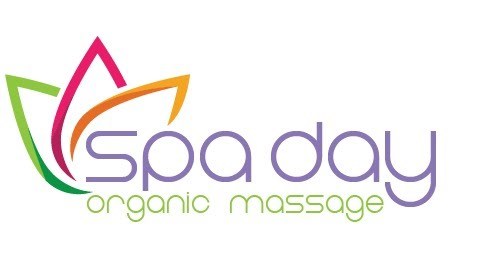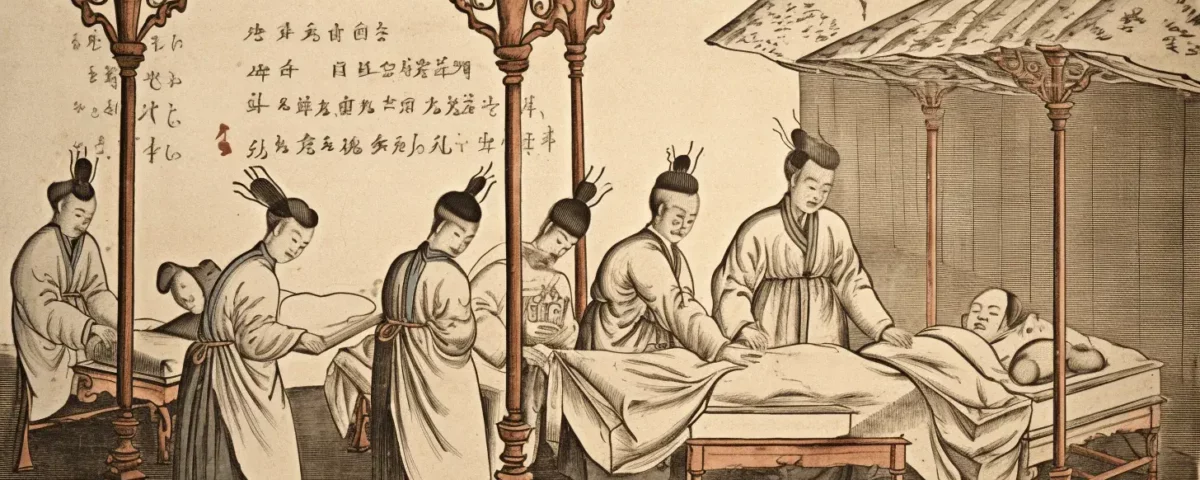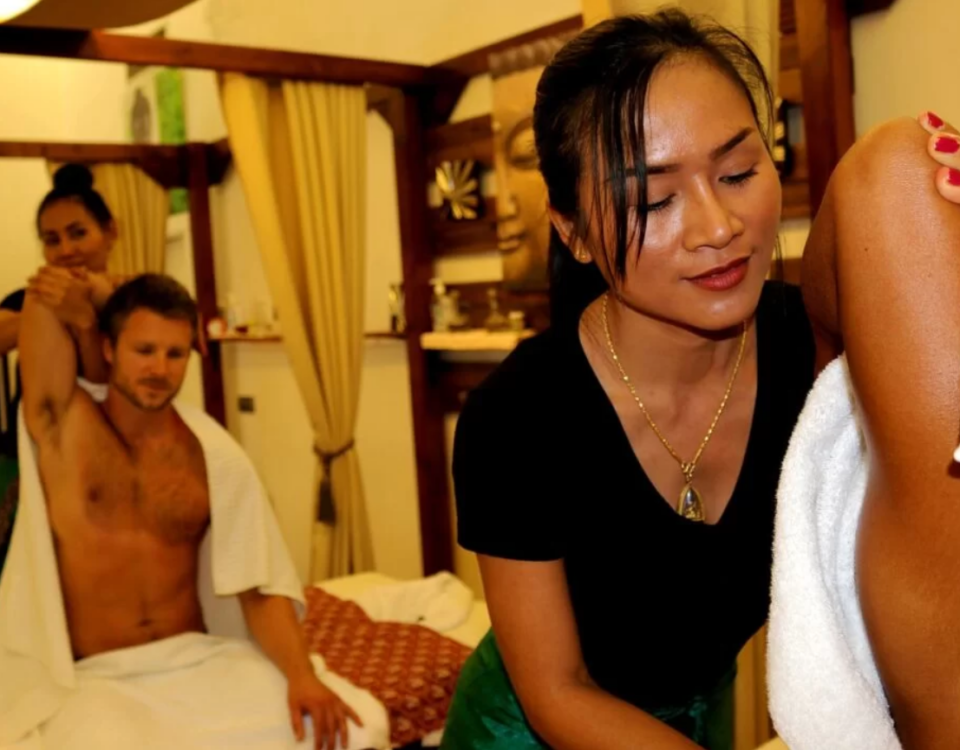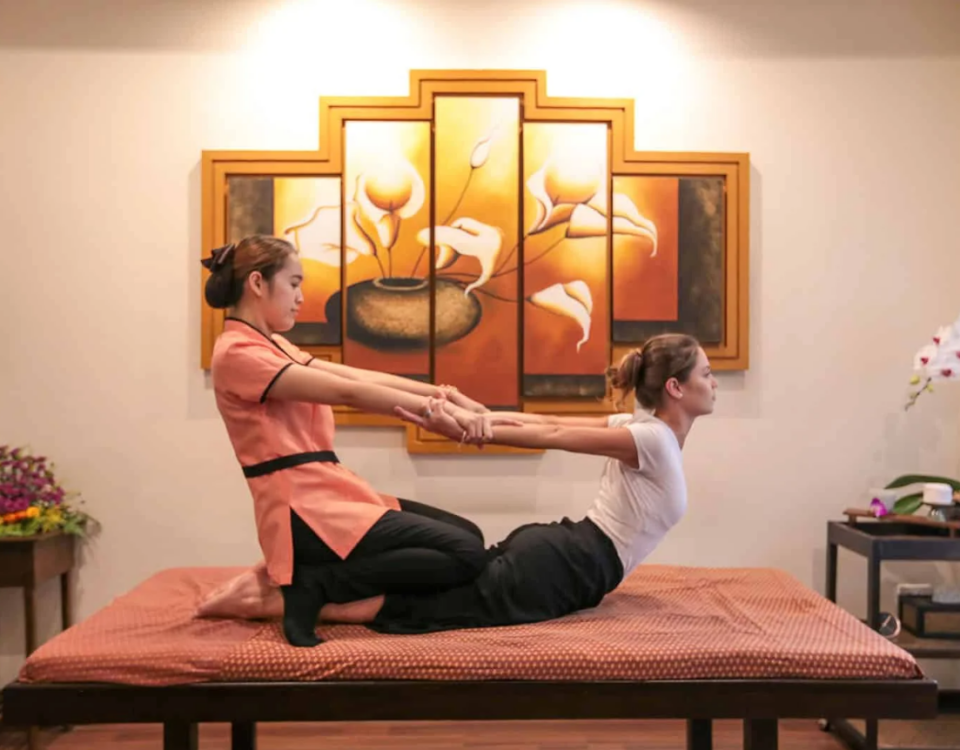
Tracing the Roots: The Fascinating Origins of Thai Massage
January 23, 2024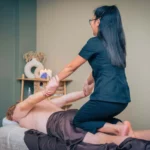
Thai Massage Heritage: Discovering Its Ancient Origins and Practices
January 23, 2024In ‘A Journey Through Time: The Rich History of Traditional Thai Massage,’ we delve into the profound, centuries-old tradition that has been a cornerstone of Thai culture and holistic therapy.
This exploration traces the origins of this therapeutic art form, its evolution, and modern adaptations, offering an in-depth, informed perspective.
By understanding this rich history, one not only gains knowledge but also a sense of connection and belonging to a broader global community that appreciates and values traditional wellness practices.
Join us as we navigate the fascinating chronicle of Traditional Thai Massage, embracing its past, celebrating its present, and anticipating its future.
Origins of Traditional Thai Massage
The origins of traditional Thai massage can be traced back to India around 2,500 years ago, deeply intertwined with the practice of Ayurvedic medicine and Buddhism. This ancient therapeutic method was developed by Buddhist monks who incorporated Ayurvedic principles to create a healing art that goes beyond just the physical body.
The practice made its way to Thailand along with Buddhism, evolving into the unique style that we recognize today. The Thai massage, or Nuad Bo’Rarn as it is known in Thailand, embodies a community spirit, promoting a sense of unity and shared wellness.
It’s not just a massage; it’s a holistic approach to wellbeing that unifies mind, body, and spirit, creating a sense of belonging, wholeness, and balance.
Evolution and Modern Adaptations
Moving through the annals of history, traditional Thai massage has undergone significant evolution and adaptation, blending ancient techniques with modern principles to meet contemporary health and wellness needs.
This evolution can be traced through three primary eras:
- Ancient Times:
- Originally, Thai massage was a spiritual practice linked to Thai temples, with an emphasis on healing and spiritual harmony.
- It combined acupressure, yoga postures, and Indian Ayurvedic principles.
2. Modern Era:
- To meet the global demand for wellness practices, Thai massage evolved by incorporating a scientific understanding of anatomy and physiology.
- Today, it continues to offer a unique blend of physical, mental, and spiritual healing, providing a holistic approach to wellness.
In this journey, Thai massage has retained its core values, ensuring continuity and a sense of belonging for its practitioners and recipients.
Read more:
Thai Massage Heritage: Discovering Its Ancient Origins and Practices
